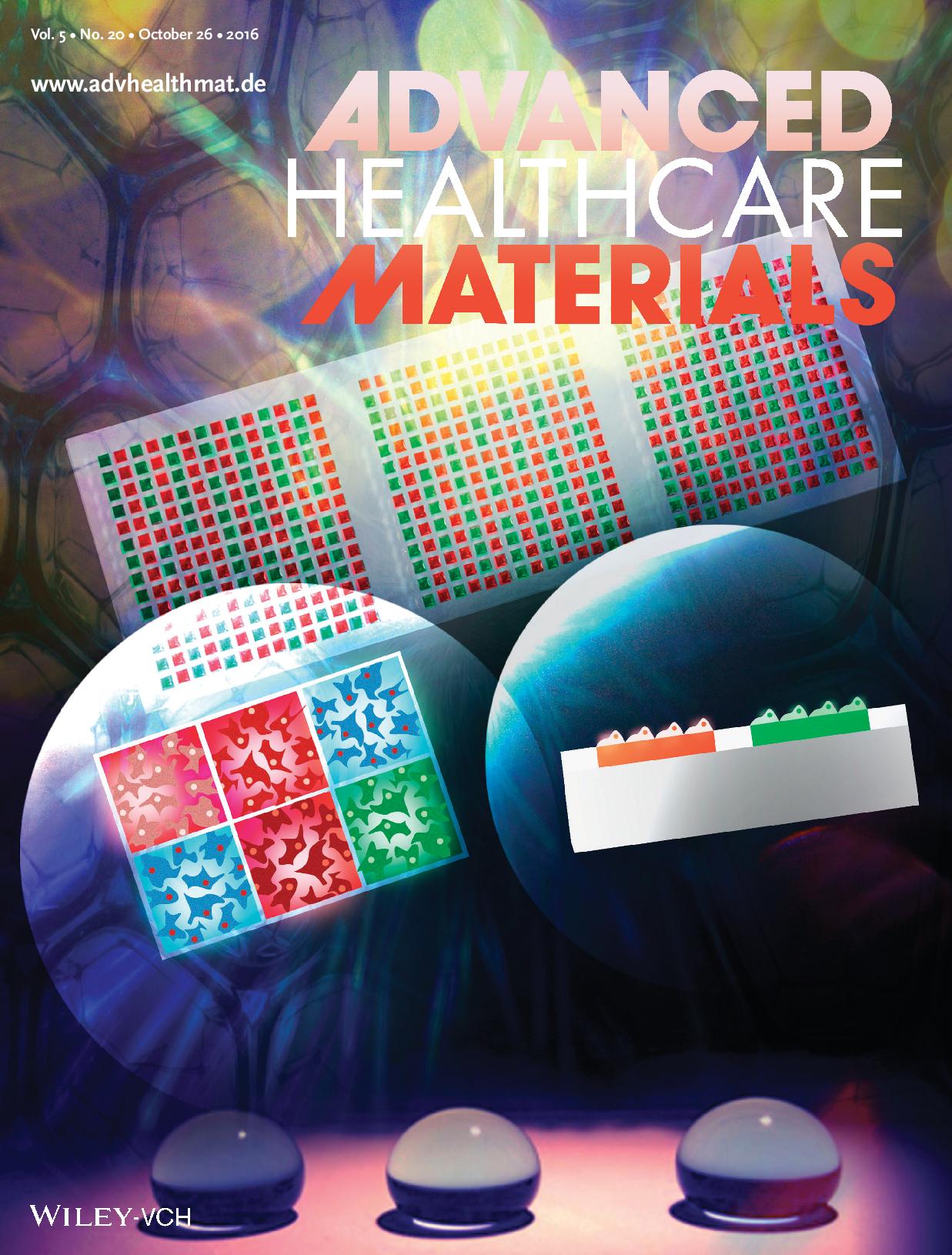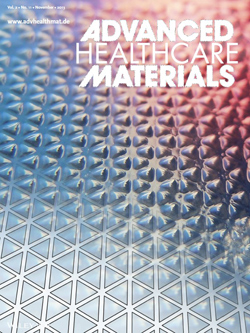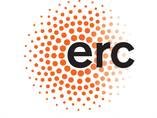67. Patterned SLIPS for the Formation of Arrays of Biofilm Microclusters with Defined Geometries
Biofilms represent an immense problem in medicine due to their strong drug-resistant properties and inherent stress-response activities. Due to the inhomogeneous and very complex architectures of large biofilm aggregates, biofilm studies often suffer from low reproducibility. In this study, an approach to form arrays of homogeneous biofilm microclusters with defined 2D geometries is presented. The method is based on the formation of water-infused hydrophilic porous polymer areas with precise geometries separated by “slippery” lubricant-infused porous surface (SLIPS). Due to the SLIPS’ biofilm repellent properties, multiple identical 3D biofilm clusters are formed in the hydrophilic patches that can be used for biofilm screening. Formation of biofilm microcluster arrays of different bacterial strains of Pseudomonas aeruginosa on the SLIPS micropatterns is investigated. Critical parameters influencing minimal adhesive regions for biofilm attachment and minimal SLIPS dimensions to avoid biofilm adhesion are studied. The ability to produce arrays of biofilm microclusters with highly uniform, well-defined shapes opens an opportunity to study interactions of biofilms with
various medically relevant factors with a better reproducibility and to investigate the complex biofilm architecture, heterogeneity, and interactions between biofilm subpopulations.














